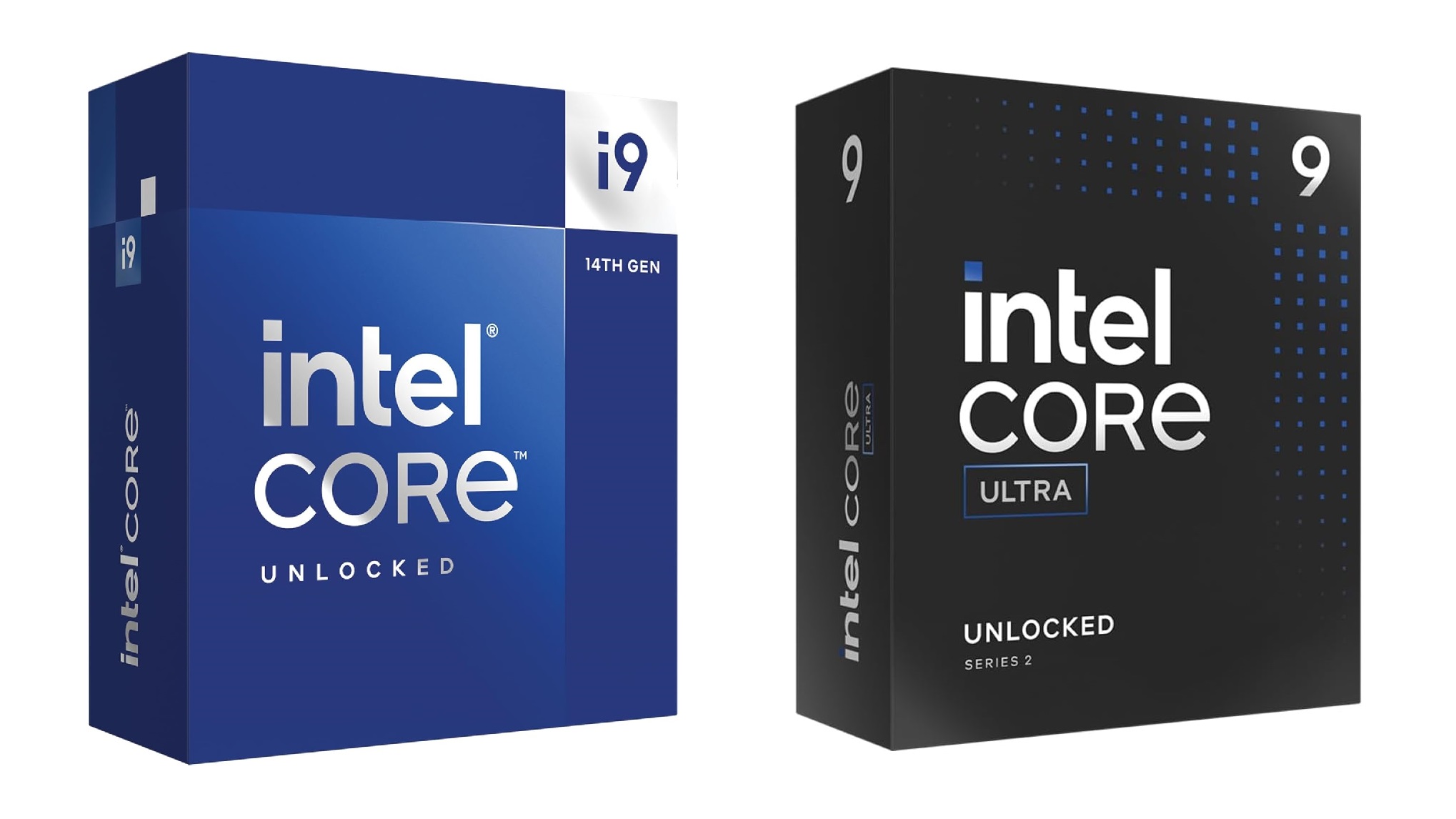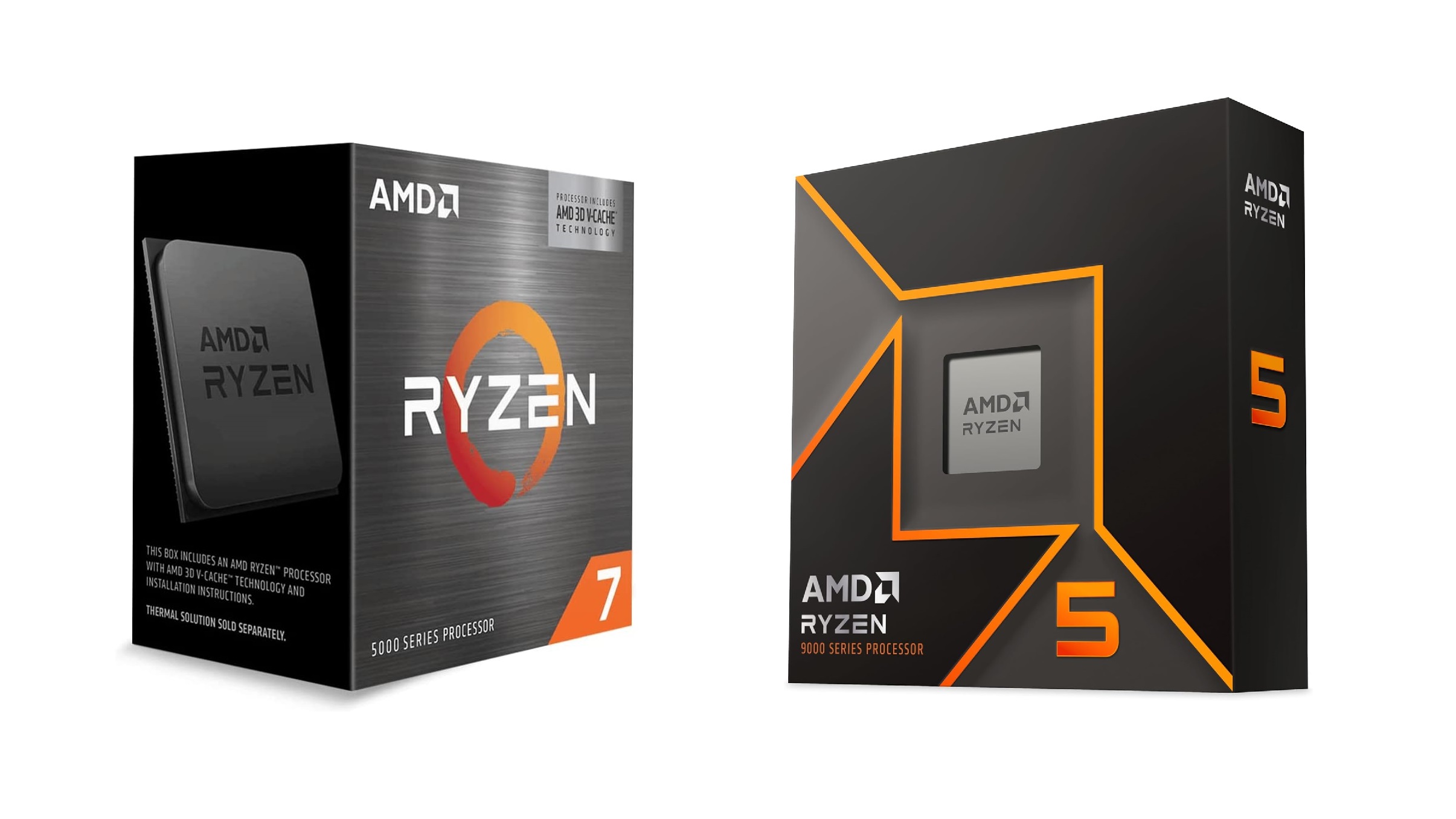This article compares the RTX 5060 Ti and the RTX 5070 in terms of their specifications, pricing, performance, and more.
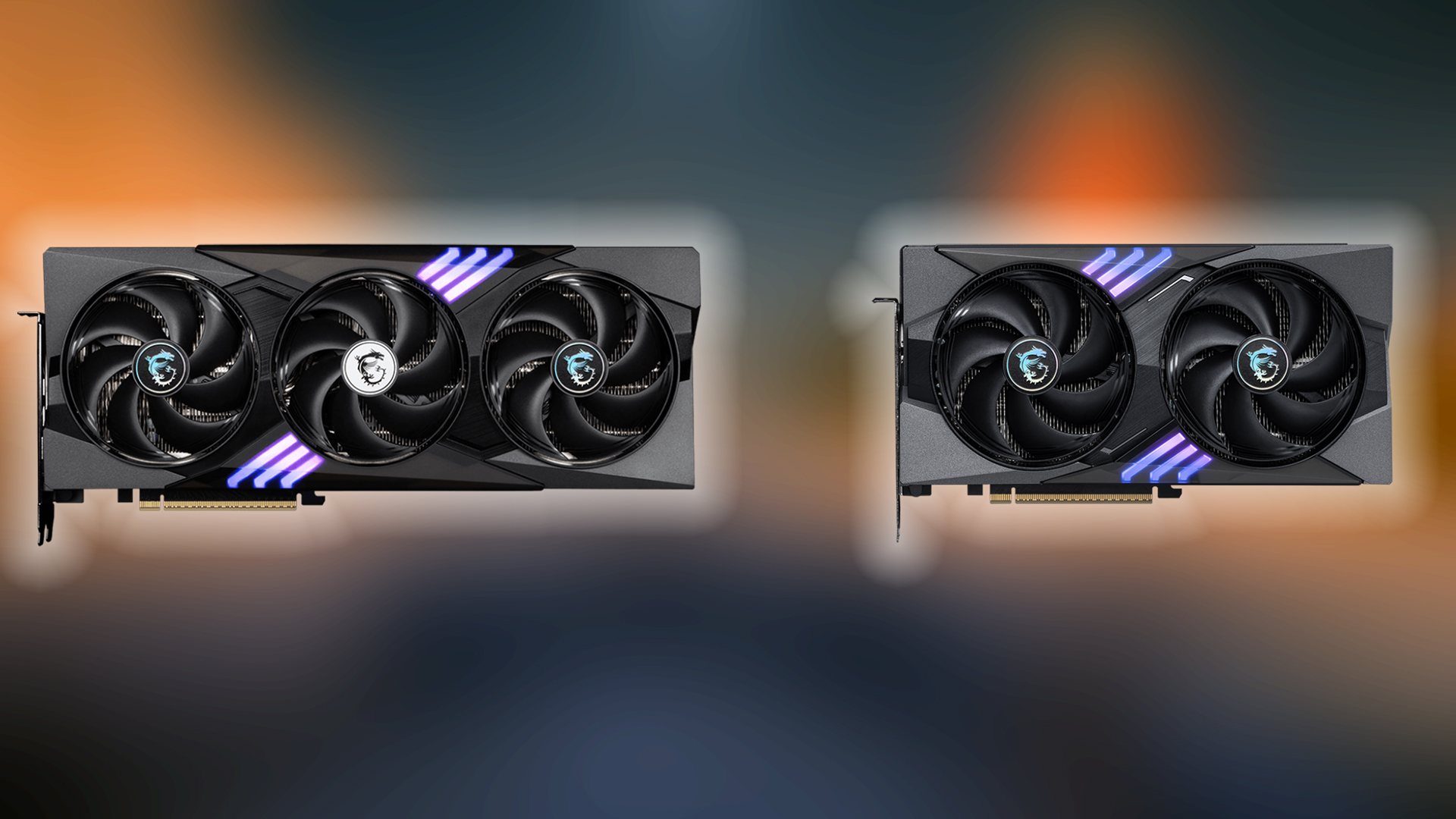
Both the RTX 5060 Ti and RTX 5070 have the newer Blackwell architecture. Both are different-tier products; one is a 70-class product, and the other is a 60-class. For some reason, the 60-class card has more VRAM than the higher one. This article provides an in-depth examination of the core advantages of each card, the 5060 Ti and 5070, ultimately helping you decide which one to choose.
Note: The performance figures are estimates from publicly available sources. Real-world results will vary significantly, depending on the PCI bus generation, CPU pairing, power supply, and other factors.
NVIDIA GeForce RTX 5070 vs RTX 5060 Ti 16GB
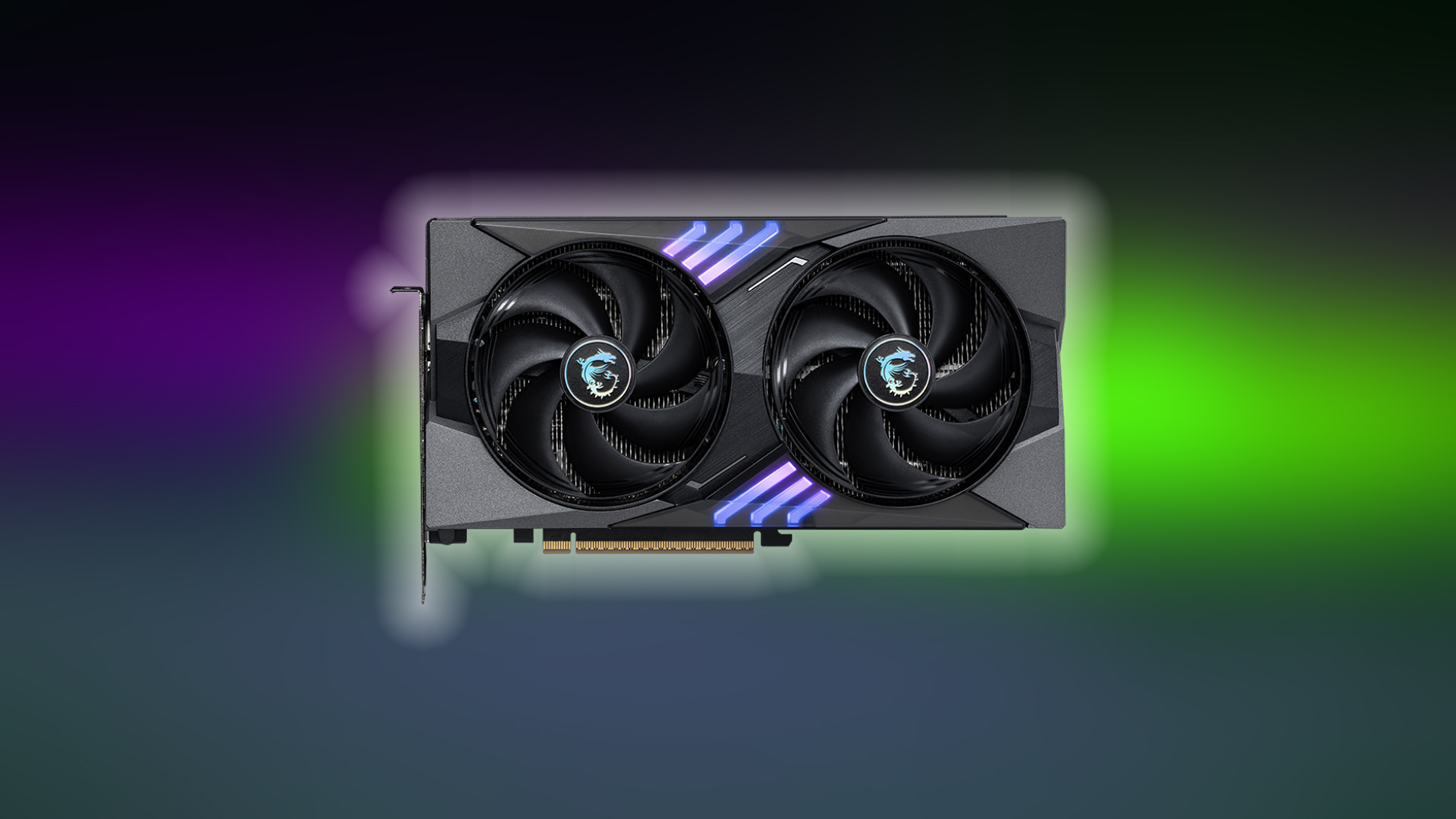
In terms of raster as well as ray tracing (RT) performance, the 5070 is entirely in a different league than the 5060 Ti. What makes this comparison valid is the use case. The 5060 Ti has more VRAM, allowing you to run LLMs at higher quantization. Although the output will be slower than the 5070, the accuracy will be significantly higher.
Speaking of games, 12GB is aging fast. For some unknown reason, the 70 class card, this generation, still comes with 12GB, while the 16GB iteration is available on a tier below. The same card, the 5060 Ti, also comes in an 8GB variant. The 16GB mid-range card will likely tempt anyone looking for a new GPU, but the 12GB upper-mid-range (5070) card is significantly faster in practice.
Official Specifications & Theoretical Performance
| Specification | RTX 5070 | RTX 5060 Ti (16GB) |
| Core Architecture | Blackwell 2.0 | Blackwell 2.0 |
| GPU Model | GB205-300-A1 | GB206-300-A1 |
| Manufacturing Process | TSMC 4N FinFET, 5 nm | TSMC 4N FinFET, 5 nm |
| Transistor Count | 31.1 billion | 21.9 billion |
| Die Area | 263 mm² | 181 mm² |
| Launch Date | March 4, 2025 | April 16, 2025 |
| Introductory Price (USD) | $549 | $429 |
| PCIe Interface | PCIe 5.0 x16 | PCIe 5.0 x8 |
| VRAM Amount | 12 GB | 16 GB |
| VRAM Type | GDDR7 | GDDR7 |
| Memory Bus Width | 192-bit | 128-bit |
| Memory Bandwidth | 672 GB/s | 448 GB/s |
| Base / Boost Clock | 2325 / 2512 MHz | 2407 / 2572 MHz |
| Shading Units | 6,144 | 4,608 |
| Texture Units (TMUs) | 192 | 144 |
| Render Outputs (ROPs) | 80 | 48 |
| Streaming Multiprocessors | 48 | 36 |
| Tensor Cores | 192 (5th Gen) | 144 (5th Gen) |
| Ray Tracing Cores | 48 (4th Gen) | 36 (4th Gen) |
| L1 Cache per SM | 128 KB | 128 KB |
| L2 Cache | 48 MB | 32 MB |
| Power Draw (TDP) | 250 W | 180 W |
| Recommended PSU | 600 W | 450 W |
| Power Connector | 1x 16-pin | 1x 8-pin |
| DirectX Support | 12 Ultimate (12_2) | 12 Ultimate (12_2) |
| OpenGL / Vulkan | 4.6 / 1.4 | 4.6 / 1.4 |
| Shader Model | 6.8 | 6.8 |
Theoretical Performance
| Metric | RTX 5070 | RTX 5060 Ti (16GB) |
| FP32 Compute (TFLOPS) | 30.87 | 23.70 |
| FP16 Compute (TFLOPS) | 30.87 | 23.70 |
| FP64 Compute (GFLOPS) | 482.3 | 370.4 |
| Pixel Fillrate (GPixel/s) | 201.0 | 123.5 |
| Texture Fillrate (GTexel/s) | 482.3 | 370.4 |
| Memory Bandwidth (GB/s) | 672.0 | 448.0 |
Pros and Cons of RTX 5070 and 5060 Ti
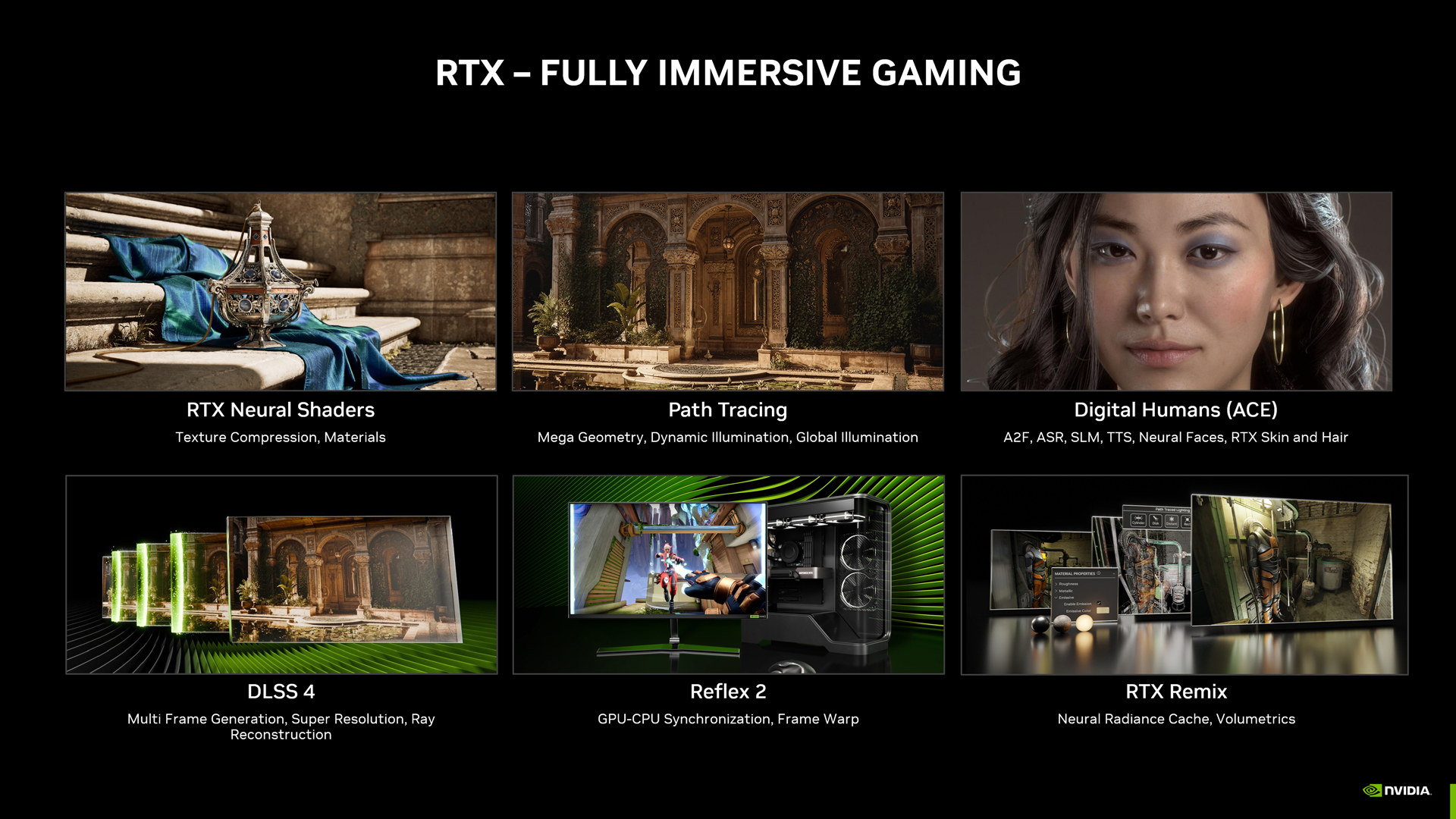
|
Aspect |
RTX 5070 |
RTX 5060 Ti |
|
Pros |
|
|
|
Cons |
|
|
Conclusion
The 5070 is hands down the faster alternative; it has better binning than the 60-class card and is more efficient, but that aspect needs tuning. For gamers who want to plug and play and enjoy a decent gaming experience, both of these cards will benefit them greatly. The only catch is that in some titles that allocate more than 12GB of VRAM, the 5060 Ti will likely overtake the 5070, even though it’s approximately 35% slower.
Looking For More Related to Tech?
We provide the latest news and “How To’s” for Tech content. Meanwhile, you can check out the following articles related to PC GPUs, CPU and GPU comparisons, mobile phones, and more:
- 5 Best Air Coolers for CPUs in 2025
- ASUS TUF Gaming F16 Release Date, Specifications, Price, and More
- iPhone 16e vs iPhone SE (3rd Gen): Which One To Buy in 2025?
- Powerbeats Pro 2 vs AirPods Pro 2: Which One To Get in 2025
- RTX 5070 Ti vs. RTX 4070 Super: Specs, Price and More Compared
- Windows 11: How To Disable Lock Screen Widgets
 Reddit
Reddit
 Email
Email
